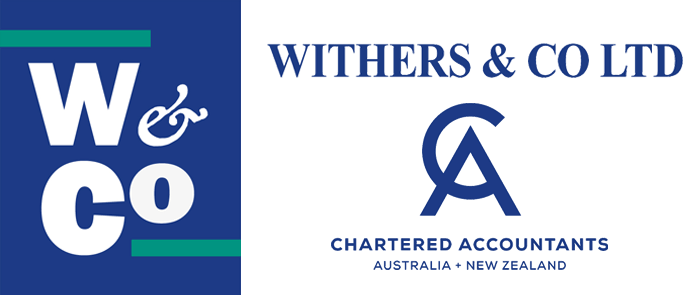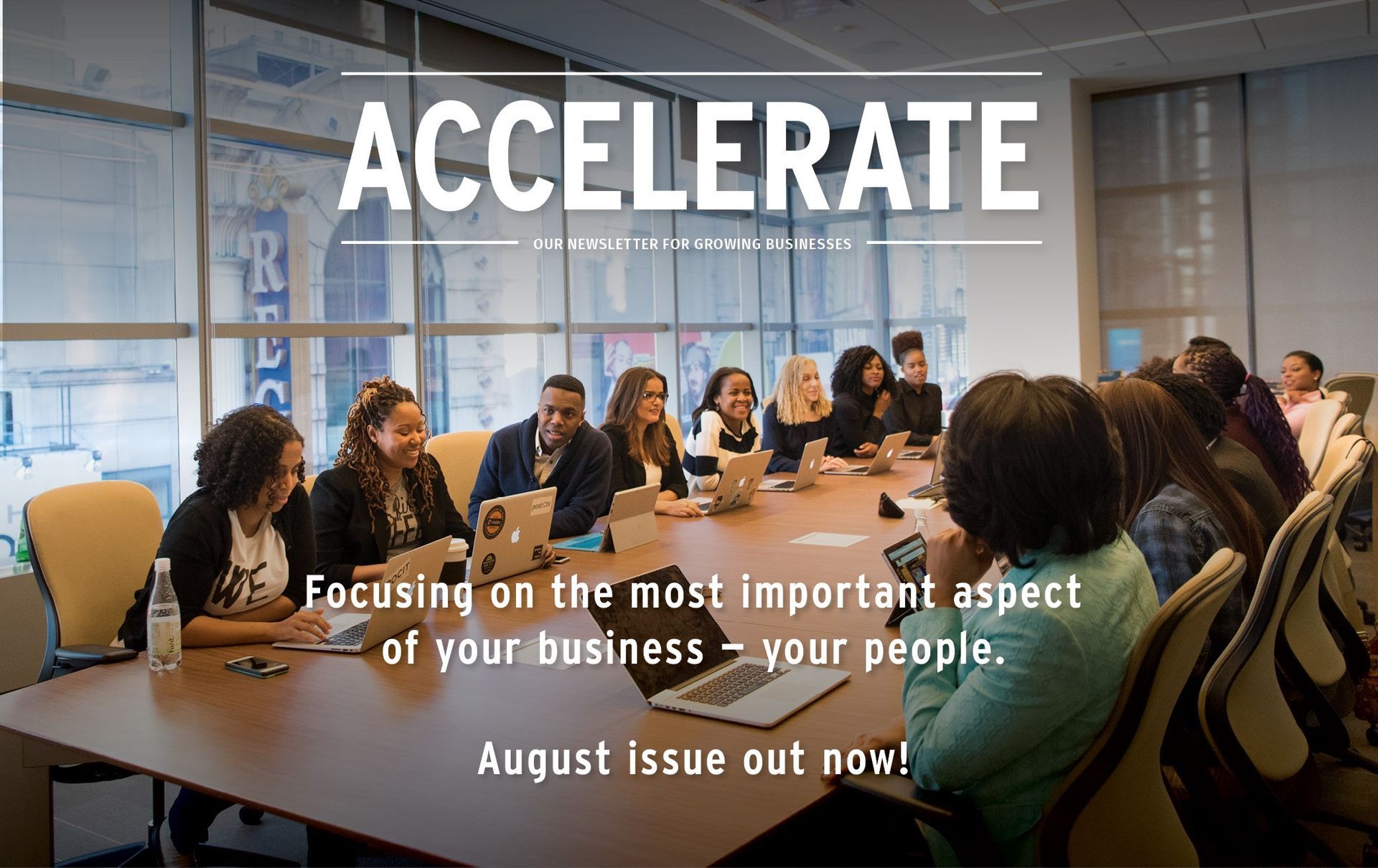Keeping you and your staff pain-free in 2021

Whether you and your staff are sitting or standing at work, there are risks to physical and mental wellbeing that can be easily avoided. Here are some top tips from Erin Holland from Active+ , who’s an experienced physiotherapist in occupational health.
What are the key health and safety risks when you’re working in an office?
You’re often sitting for large chunks of time in an office so the primary risk is not enough movement and breaks. If you’re always static, you’ll start to develop discomfort, pain and if left untreated – long-term injury to your neck, arm or hand.
What do business owners need to look out for?
- Screen height. Our bodies like to be neutral, not straining to look up, down, or on an angle for eight hours a day. You want the top of the toolbar at eye level.
- Incorrect chairs. Whether they’re at the wrong height, old, broken, or sloping, seat position is an easy fix and makes a huge difference. If you’re buying work chairs, check their seating tolerance. You need one that can withstand 6-8 hours of use.
- Mouse overuse. The mouse is more problematic than the keyboard. By having your hand and finger poised to press the button, the muscles in your forearm are always activated. To avoid tendinitis, move the mouse closer to you and only use it when you need it.
- Posture. Make sure you work with a neutral posture. This means head and shoulders are lined up, and hips, knees and elbows are at 90-degrees.
- Lack of movement. Make sure you and your team are moving regularly, even if it’s just getting up for a cup of tea, chatting with workmates, or going outside for fresh air. Regular movements prevent injury and pain.
- Laptop users. Ideally, you have a laptop stand, separate keyboard, and foot stand to create an optimal sitting position.
And if you’re driving…
- Seat position. Getting this right is really important. Check lumbar support is adequate because if you’re sitting with arms and legs extended, it puts pressure on your nervous system and can cause back problems and sciatica.
- Steering wheel height.
Some people get a sore neck after driving because they’ve had their hands on the steering wheel and their neck and arms are rigid.
Stay neutral to avoid sore lower back and shoulders. - Fatigue. If you’re slow to respond, have difficulty making decisions quickly, drifting off, or don’t notice you’re speeding (or getting somewhere and not remembering driving there), you need a break. Remember, it’s not the same as being tired, it’s when your brain isn’t processing things as it should be, and without awareness, you could make mistakes on the road.
What are the key health and safety risks when you’re standing a lot for work?
The chance of discomfort, pain and injury is underestimated in workplaces where people are on their feet a lot, like in a warehouse. If you’re walking around you won’t have too much of a problem. It’s the static standing that can cause sore feet, knees, hip and back. Long-term effects can be debilitating, including inflammation to the arch of your foot ( Plantar Fasciitis ), which can cause so much pain it becomes impossible to stand, and it’s tricky to fix.
What do business owners need to look out for?
- Footwear. Make sure everyone has appropriate, well-fitted footwear. Consider orthotics, heel cups, or gel inserts to take off some of the pressure.
- Movement. Make sure staff are moving and walking, not just standing.
- Rubber mats. Anti-pressure mats create a softer surface to stand on, which can make a huge difference. Or offer a seat so they can sit down and take a load off.









